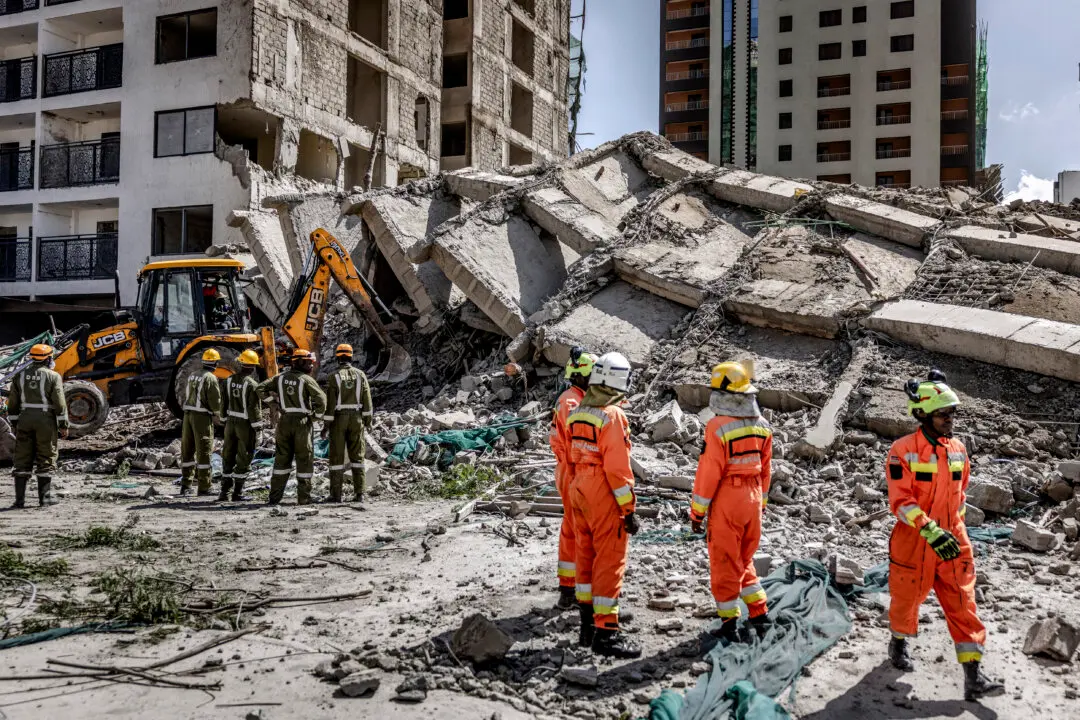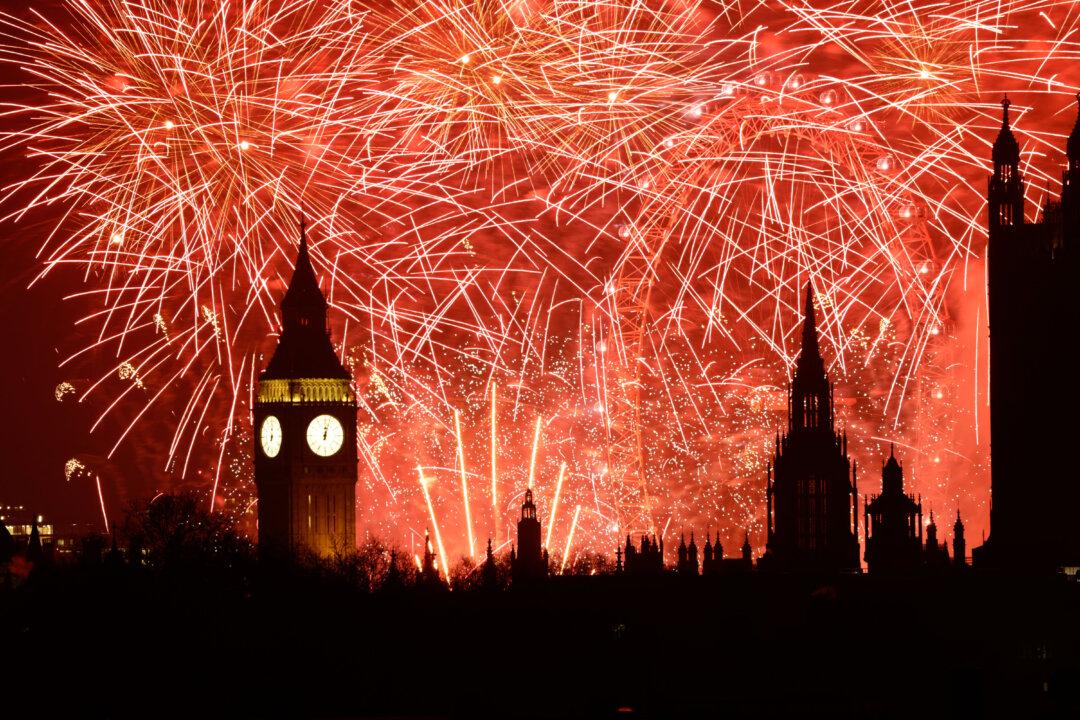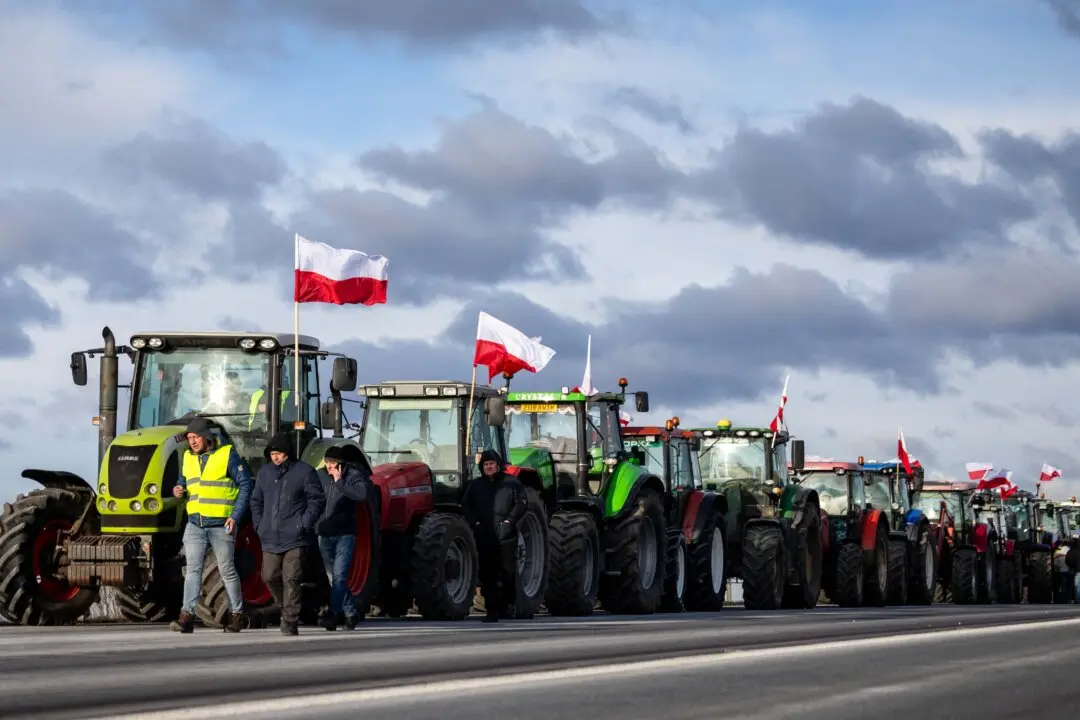Thursday, April 26, 2012
THEN
April 26, 1986, the number four reactor at the Chernobyl nuclear power plant near Kyiv, Ukraine, exploded in the world’s worst nuclear disaster to date. The fire caused by the accident burned for 10 days. The Chernobyl nuclear facility, consisting of four 1,000-megawatt reactors, was built and operated by the Soviet Union. At the time of the disaster, the Soviet Union neglected to immediately inform both its own people and its neighboring countries about the catastrophic disaster. The full truth about the incident was not released to the public until years later. A United Nations report estimates the number of deaths immediately caused by the disaster was about 4,000. However, some major environmental organizations have placed the estimated number of deaths much higher at approximately 100,000 people.
NOW
Today, 26 years after the Chernobyl nuclear disaster, the leaky, structurally unsound concrete and steel encasement, or “sarcophagus,” covering the remnants of the nuclear plant, remains a grave danger to local residents. One organization working with victims, Chabad’s Children of Chernobyl (CCOC), continues to bring the disaster’s youngest victims to safety. Recently, CCOC completed its 97th rescue mission, bringing 26 more children to safety. Since 1986, CCOC has helped give a better life to 2,822 children. In a statement marking commemorating the accident, founding CCOC board member, Nancy Spielberg (sister of famed director Steven Spielberg) said there are children still “facing devastating illnesses from radiation contamination—radiation that will be with us for thousands of years. As we’ve seen from the recent Fukushima Daiichi nuclear disaster in Japan, the impact from this kind of radioactivity is as devastating today as it was 26 years ago.”




